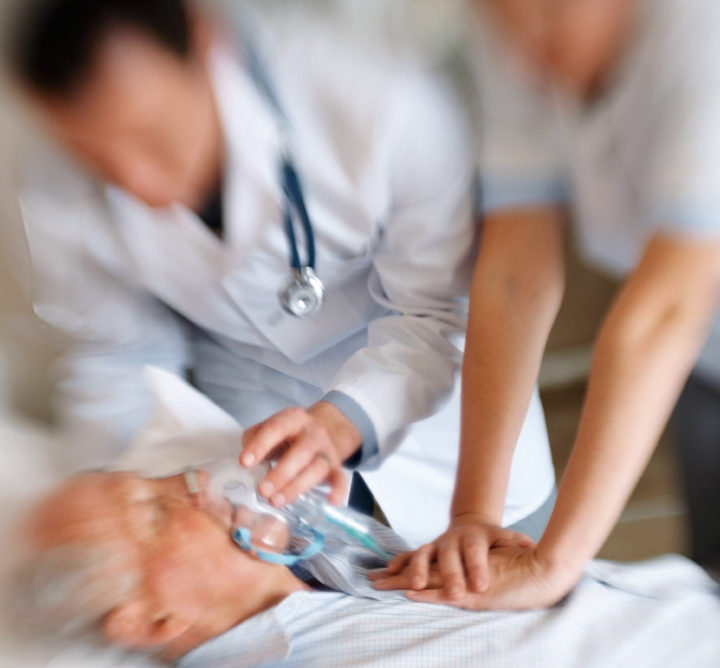
Defi 9
Defibrillator with 6 parameter patient monitor.
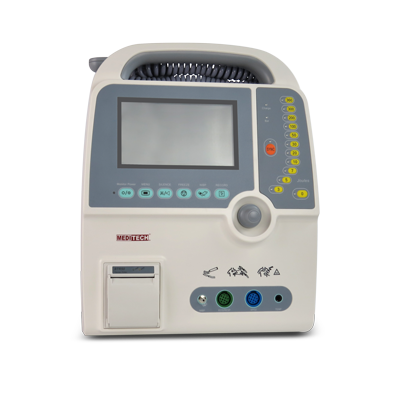
Defi 9 Defibrillator
is a compact durable light weighted defibrillator which integrated monitoring manual defibrillation.with 6 parameter patient monitor
It is a professional biphasic defibrillator-monitor suitable for hospitals and clinics
Standard Configration : Monophasic Defibrillator, ECG.RESP.SPO2.TEMP.PR.NIBP
Defi 9 features
-
2-in-1 Design
Manual Defibrillator and 6 Parameters Patient Monitor
-
Clear Visibility
7 inch TFT Display
-
Comprehensive Options
Biphasic.12 Lead ECG.CO2.Recorder
ECG
5-leads ECG . 3-leads ECG . 12-leads ECG (option)
I, II, III, aVR, aVL, aVF, V- / I, II, III / I, II, III, aVR, aVL, aVF, V1~V6 (option)
SpO2
Measurement Range:0~100% . Resolution : 1% . Accuracy At 70~100%, ±2% At 0~69%,
NIBP
Way of measurement: Automatic oscillometry . Range of measurement: Adult . Child . Neo
HR
Range 5-leads or 3-leads ECG module:10~350 bpm . 12-leads ECG module: 25~254bpm
TEMP
Measurement Range: 0.0~50.0℃ , Accuracy: ±0.1℃ . Resolution: 0.1℃ . Unit Celsius: (℃), Fahrenheit (℉)
RESP
Method: Impedance variation between RA-LL (R-F) . Measuring impedance range: 0.2 ~3Ω Excitation frequency: 64.8 kHz
ST Segment: Measurement range: -2.0mV~2.0mV
Steps for the heart defibrillation(Asynchronous DC defibrillation)
The following treatment steps only applies to the heart defibrillator. This does not apply to the machinery, cardiopulmonary or pharmacological recovery fields. The basic premise of synchronous DC defibrillation is ventricular fibrillation, which means that in the victims’ electrocardiogram have P-QRS wave or T wave defects.
1. Turn On the defibrillator
2. Put the conductive gel on the two electrode pads.
Remember enough gel on the pads in order to reduce transmission resistance and more energy into the victims. Too little gel possibly causes the skin burning under the pads.
Note: No gel to the hand of the electrode pads. Otherwise, it is dangerous to transfer the electric spark to the operator or doctor.
3. Energy selection
The discharging energy confirms with the victims’ height and weight. It is around 2 joule/kgs. Also it is according to experiences and the specific aid situation.
4. Position of electrode pads
The pads should be firmly pressed on the victims’ naked chest. Also for the safe energy transmission, it is necessary to press with around 10kilograms force. Too small force will also cause the skin burning. It is necessary to do practice on the training instrument for the correct position.
The pads position is crucial to the successful recovery. So the current between the electrodes should transfer the chest to myocardial tissue. Only when 80% heart being defibrillating, and get to “critical mass”, possibly the fibrillation can be over.
Wrong position of electrode pads will cause large loss of current from the heart side without any effect.
Correct position of sternum electrode: —Right Chest
—Right side of sternum
—Beneath the clavicle
Correct position of pole electrode —Beneath the left chest
—Above apex
—Center of axillary line
Note: Don’t put the conductive gel on the electrodes on the victims’ chest. If not, the current will only flow through the electrode surface. The gel also could not be on the hand of electrode pads. If not, it may form electric spark and danger to the doctor.
5. Protection before electrode discharge
Before the defibrillation, the doctor in charge should very clearly tell all the participants for recovery aid away from the victim, the bed and the connected instrument. All other instrument that is not used to defibrillation treat should remove from the victim. If not, it is possible to cause spark on other participants
6. Discharge the energy
Press the release key on the pads at the same time. The defibrillator will do the discharge.
7. Observe the result
After defibrillation, it is necessary to diagnose the victim situation and the patient monitor. According to the observing result, if necessary, more defibrillation will be done for the treatment(Repeat steps 3-7 again)
If using artificial or pharmacological measures for assistant, the emergency doctor should do the guarantee and be responsible for that.
8. Make sure that the defibrillator in good condition
After the treatment, you should clean the electrode pads, electrodes and wires for next good use.
ECG CABLE
MD/DEF-C ECG Cable (3 Leads)
ECG Cable (3 Leads)ECG Cable (5 Leads)
ECG Alligator Clips (Metal)
Battery
MD/DEF-RB1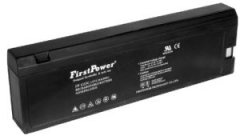
Defibrillator Battery
Absorbent Glass Mat (AGM) technology for efficient gas recombination of up to 99% and freedom from electrolyte maintenance or water adding.
● Not restricted for air transport-complies with IATA/ICAO Special Provision A67.
● UL-recognized component.
● Can be mounted in any orientation.
● Computer designed lead, calcium tin alloy grid for high power density.
● Long service life, float or cyclic applications.
● Maintenance-free operation.
● Low self discharge.
SpO2
MD/DEF-S SpO2 Cable (Adult)
SpO2 Cable (Adult) SpO2 Cable (New born)
SpO2 External Cable
NIBP Cuff
MD/DEF9-NC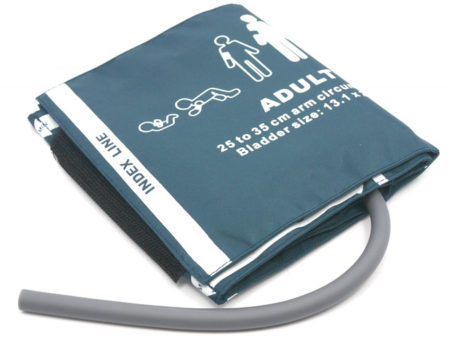 NIBP Cuff (infant 8 - 14 cm 5/Bag)
NIBP Cuff (infant 8 - 14 cm 5/Bag)NIBP Tube 150cm
TEMP Probe
MD/DEF9-T1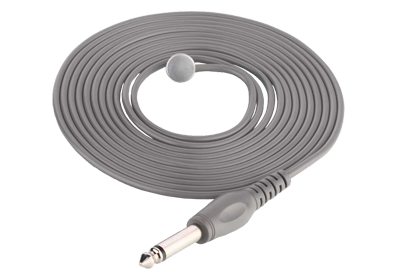
Defibrillator monitor case
Defibrillator monitor carry case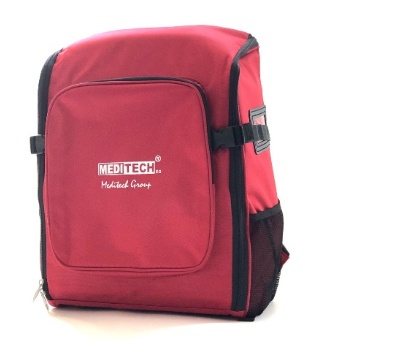
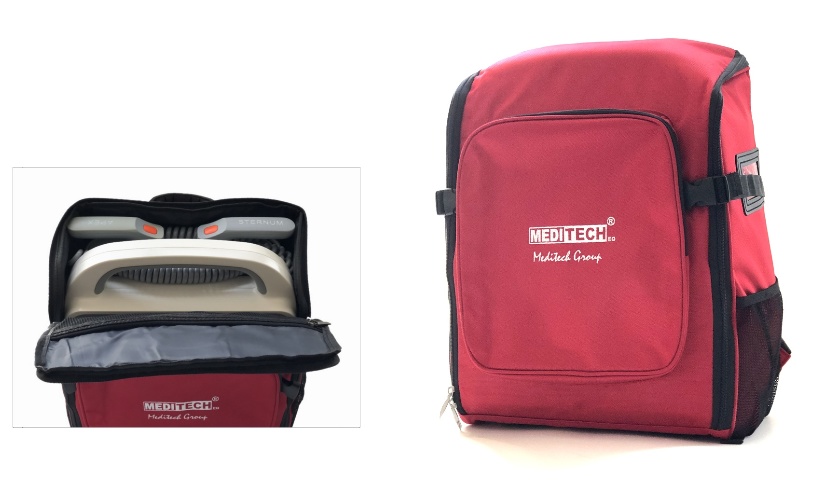
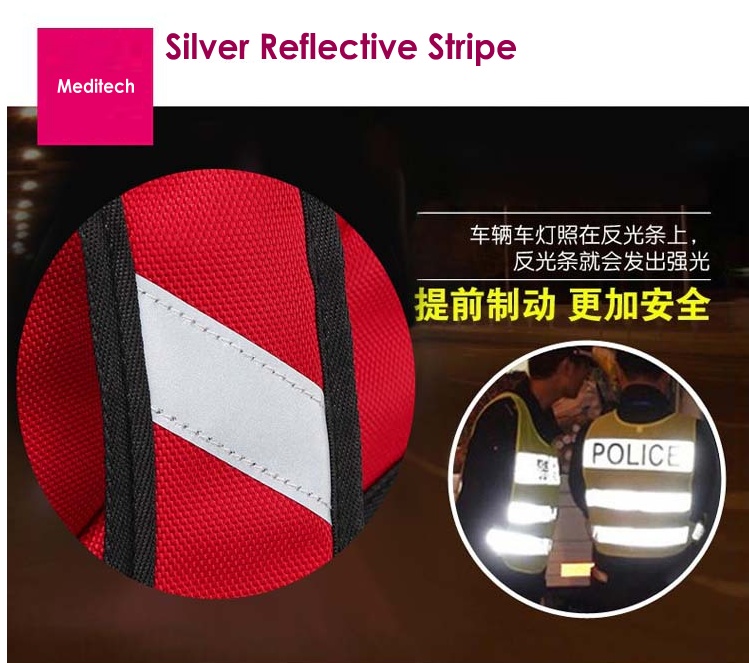
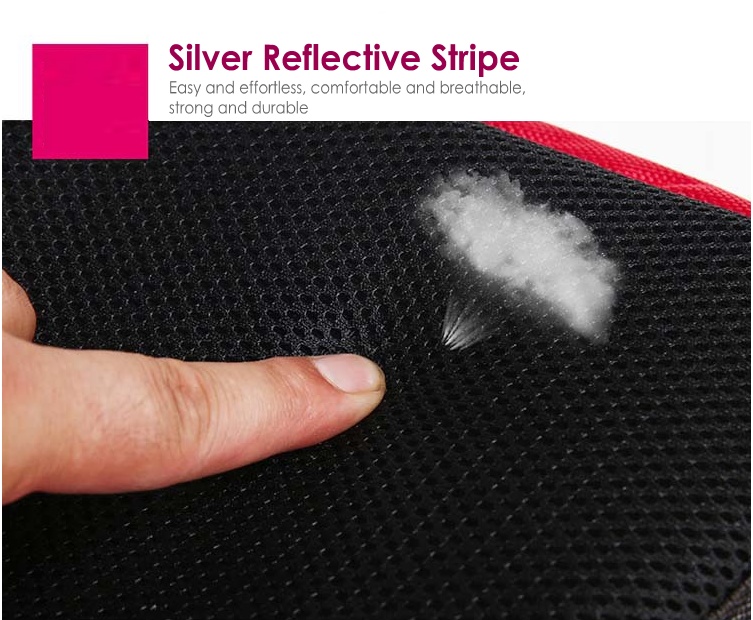
Frequently asked questions
-
Extending battery life for cont
Battery operating time __240____ minutes continuous monitoring
-
What is the charging time to 20
Charging time Less than _5_ seconds to 200 J (in both AC and fully charged battery operation)
Didn’t find the answer you were looking for? Find a distributor in your country